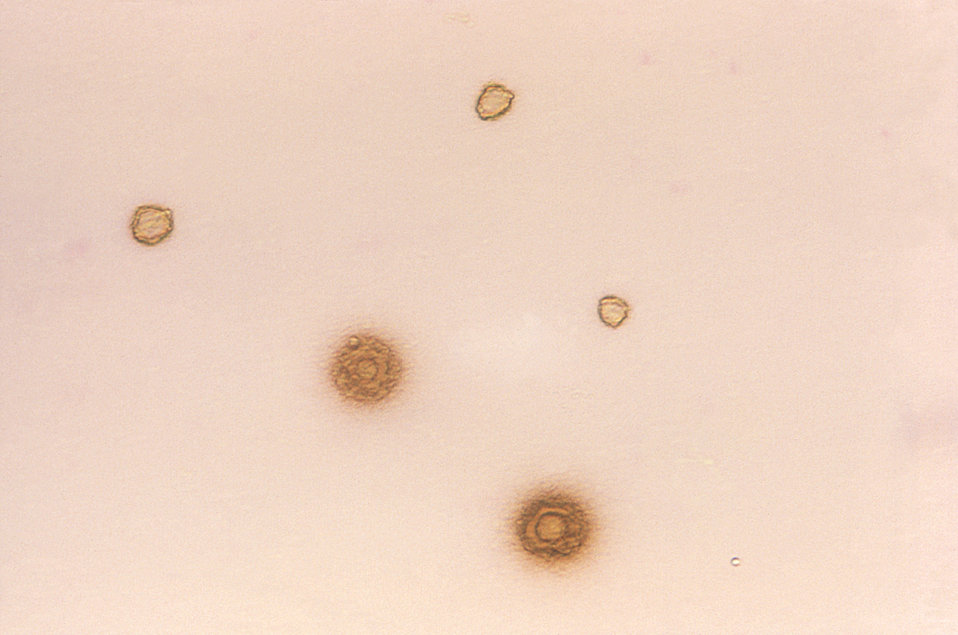Playlist
Show Playlist
Hide Playlist
Mycoplasma
00:00 Mycoplasma, a bacteria. 00:03 Mycoplasma have distinction of being the smallest free living bacteria that we know about in Medical Science. 00:11 They are so small that they can pass through a 0.45 µm filter which actually gets pretty much all other living material including other small bacteria. 00:22 The mycoplasma are very special because they lack a peptidoglycan-containing cell wall. 00:29 Remember again that most, in fact all, beta-lactam antibiotics, the penicillins, the cephalosporins, could only work by binding to a peptidoglycan, a penicillin-binding protein. 00:42 But mycoplasma would not be able to be treated by a beta-lactam antibiotic because they lack that wall. 00:49 These organisms are pleomorphic in shape and you can see several different images of mycoplasma pneumoniae, one of the types we'll talk about on the slide right now. 00:59 They are not visualized with gram-stain to begin, because there's not much in their cell wall to be even stained and they require special growth materials including sterols to be isolated. 01:11 The two human pathogens that we'll talk about in this session are mycoplasma pneumoniae and mycoplasma hominis. 01:19 Mycoplasma pneumoniae is reflected in the image on the left, mycoplasma hominis on the right.
About the Lecture
The lecture Mycoplasma by Sean Elliott, MD is from the course Bacteria.
Included Quiz Questions
Which of the following features best describe Mycoplasma species?
- Smallest bacteria, lack peptidoglycan, and require sterols for growth
- Largest bacteria, lack peptidoglycan, and require sterols for growth
- Smallest bacteria, have peptidoglycan, and require sterols for growth
- Smallest bacteria, have peptidoglycan, and require nitrogen for growth
- Largest bacteria, lack peptidoglycan, and require nitrogen for growth
Customer reviews
5,0 of 5 stars
| 5 Stars |
|
5 |
| 4 Stars |
|
0 |
| 3 Stars |
|
0 |
| 2 Stars |
|
0 |
| 1 Star |
|
0 |




